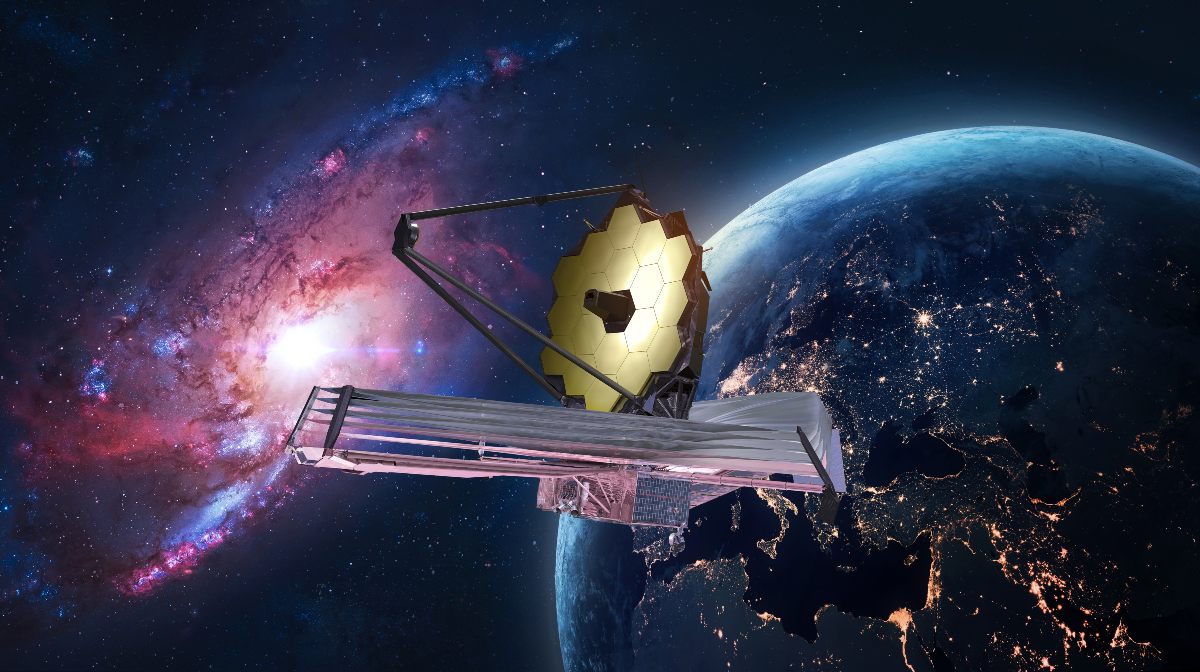The National Aeronautics and Space Administration, better known as NASA for its acronym in English, has carried out the impact of an asteroid with a spacecraft. The collision took place on Monday night and was intended by the agency to corroborate the change of orbit of a celestial body. In this way, possible scenarios will be analyzed before the possibility that in some future, near or not, it could be repeated with the planet Earth as the protagonist.
The DART spacecraft traveled to rendezvous with the asteroid Dimorphos, in an event that was broadcast live to NASA. In addition, it was located near the larger Didymos, which would serve as a comparison of what was intended by the US Central Agency. DART traveled at a speed exceeding 22,000 kilometers per hour. The rough surface of Didymos could be observed as “boulders” began to cross in front of the screen. Finally, the screen glowed bright red until the signal was lost, the spacecraft had arrived at the marked destination.
NASA and a non-fictional analysis
Elena Adams, system engineer for the DART mission, stated that “this asteroid was coming into the field of view for the first time, we really had no idea what to expect.” Adams did not fail to acknowledge that “we really didn’t know the shape of the asteroid, but we knew where we were going to hit.” The mission’s operations room went through a moment of maximum tension until the expected outcome was reached. There it exploded in a shout of jubilation, now it is time to analyze the data collected.
The world’s telescopes, and even some space telescopes, were directed toward the collision scene. Eyes focused on that instant of DART’s impact against Dimorphos. The clash had a practical purpose in terms of planetary defense, in the style of the movie Armageddon. The purpose is to analyze the behavior of these bodies at the moment of encountering an object and how it will be redirected from the initial path, thinking about our planet.
Lori Glaze, director of NASA’s Planetary Science Division, commented once the impact was recorded that “we are embarking on a new era of humanity, an era where we potentially have the ability to protect ourselves from something like a dangerous impact from a hazardous asteroid.” Glaze emphasized that “we have never had that capability before”.
Safe testing
The first thing that should be clear is that neither Didymos nor Dimorphos are posing any kind of danger to Earth. Moreover, NASA has made it clear that no asteroids are currently found to be a real threat to our planet. However, the agency has decided to start preparing for the long term. This work is thought in the possibility that, someday, such options must be worked on to avoid a catastrophe that puts the life of mankind at risk.




